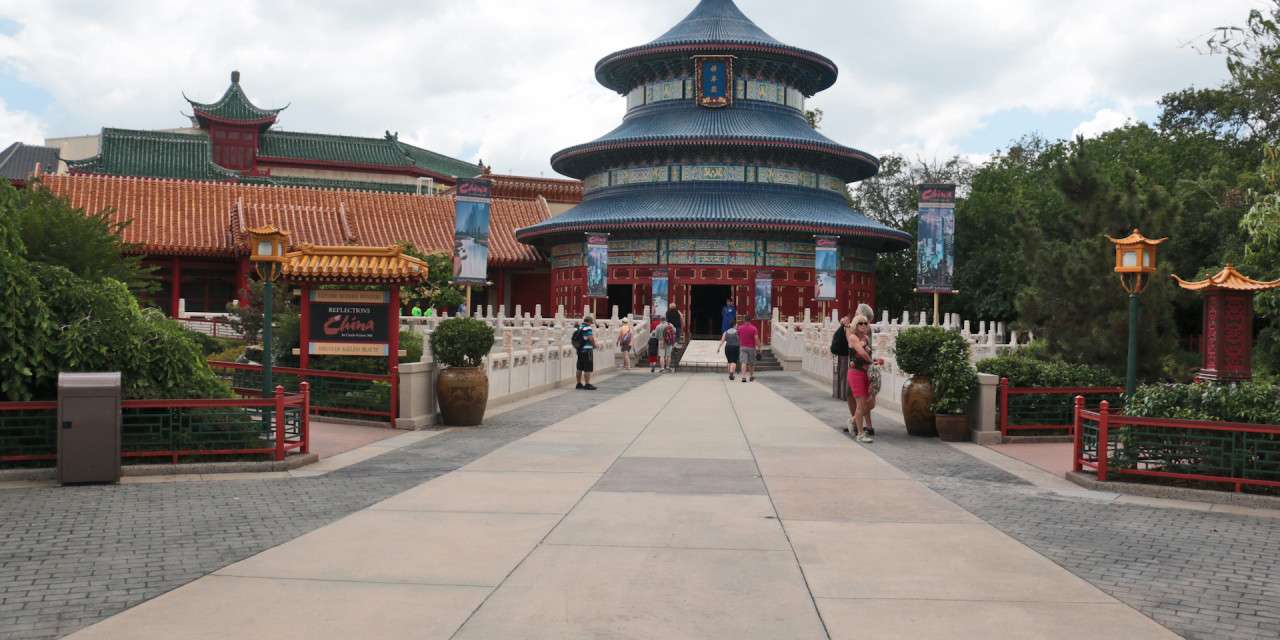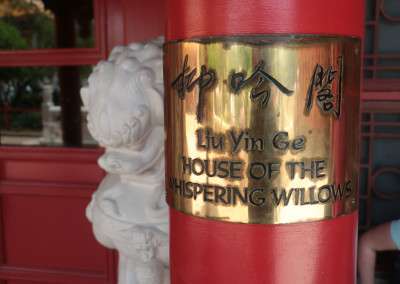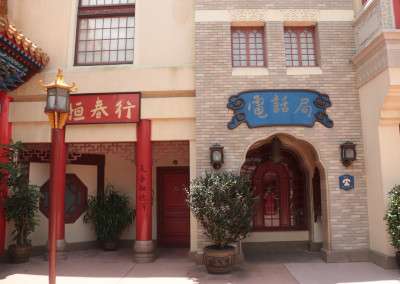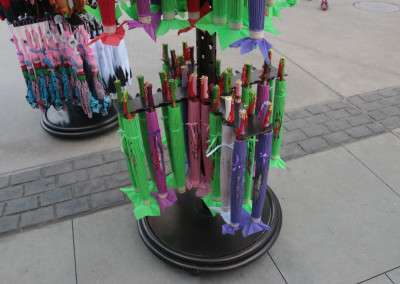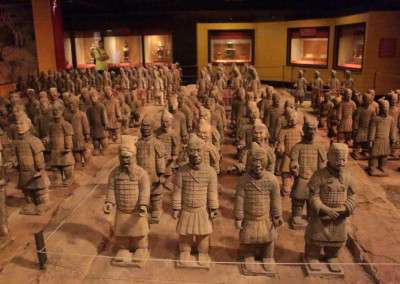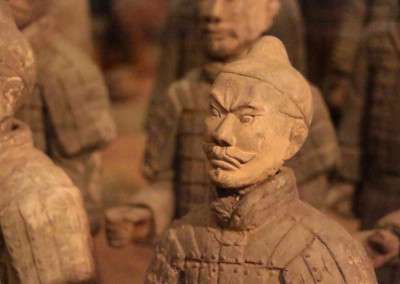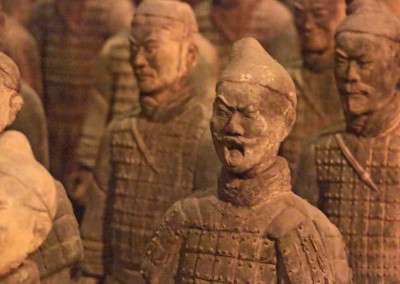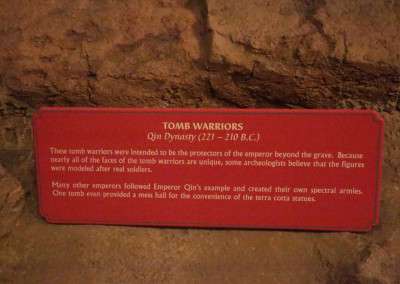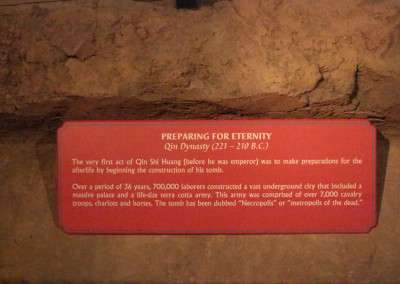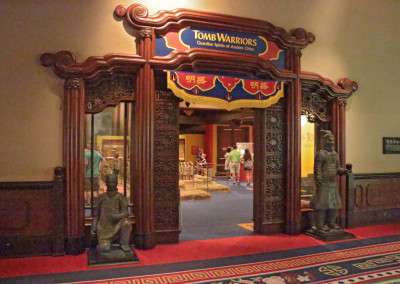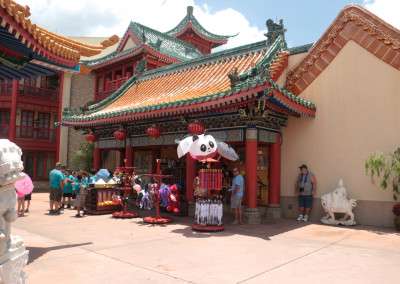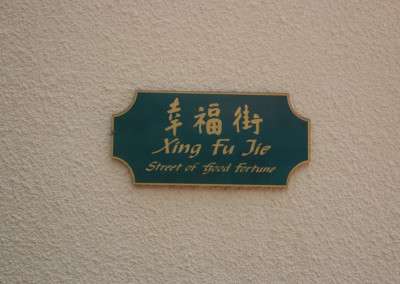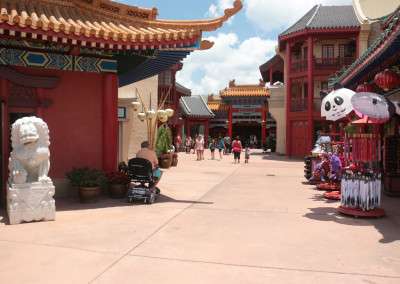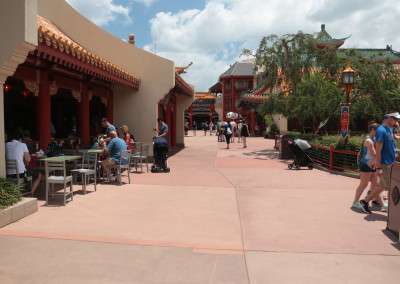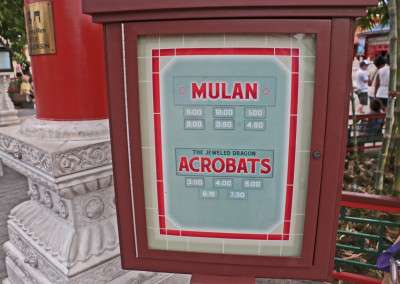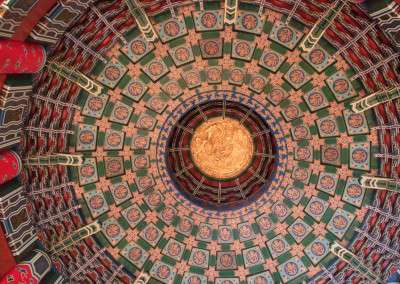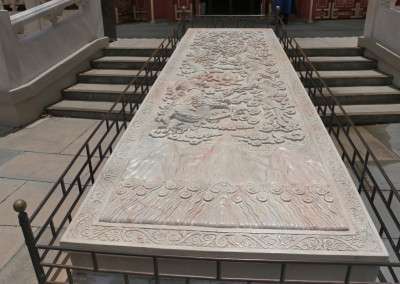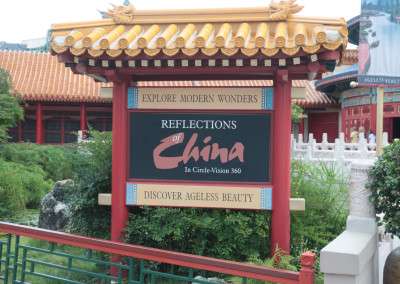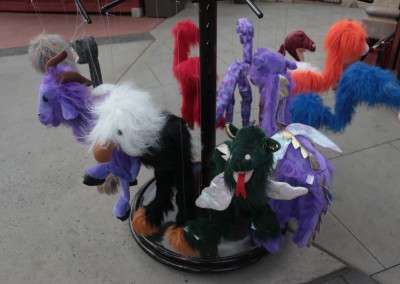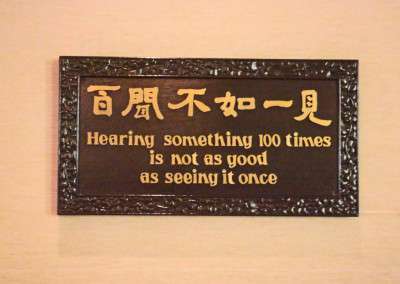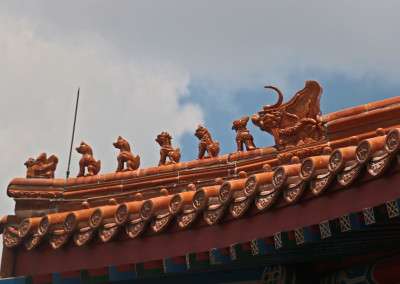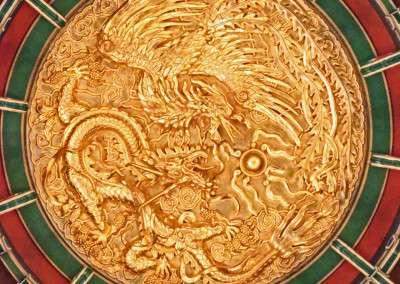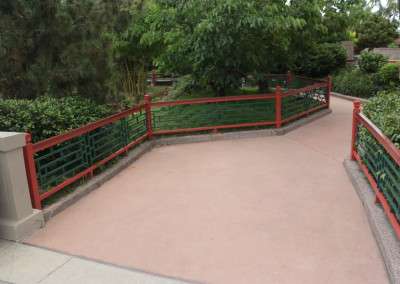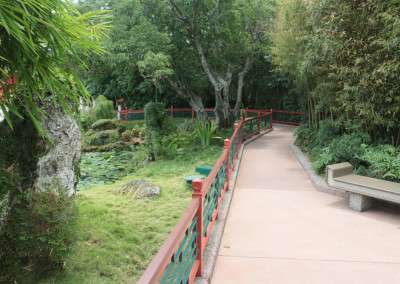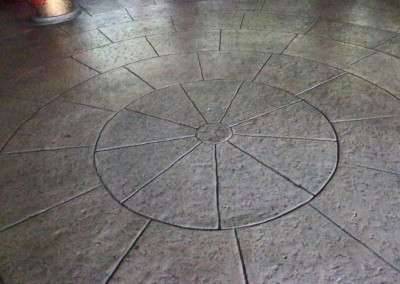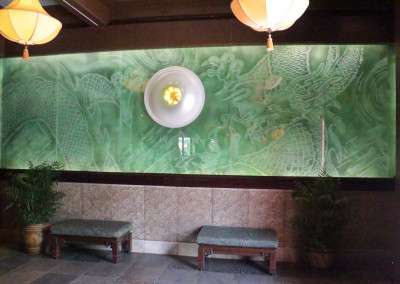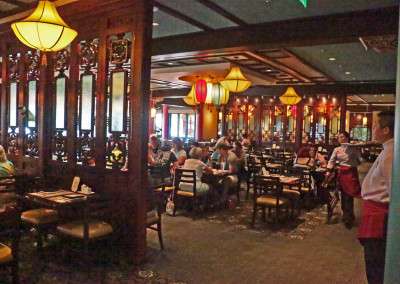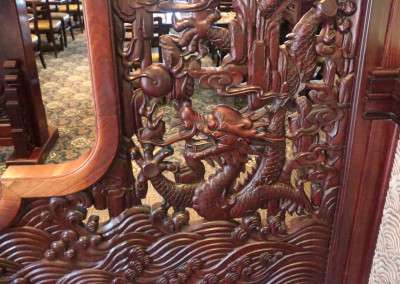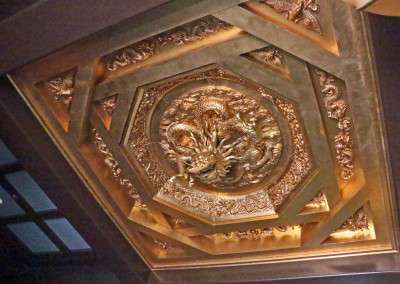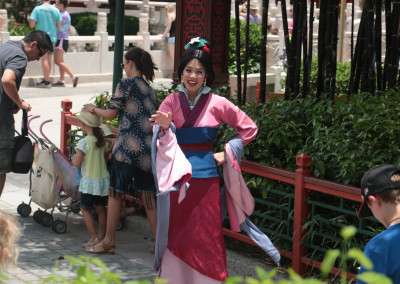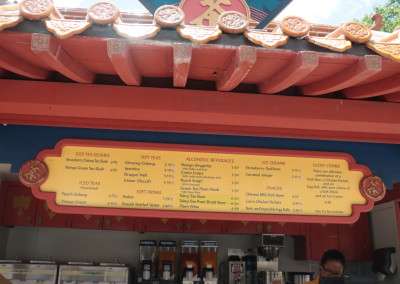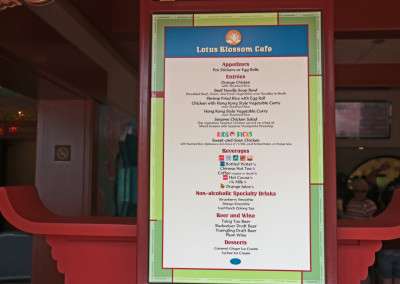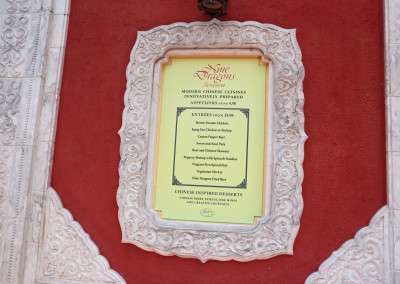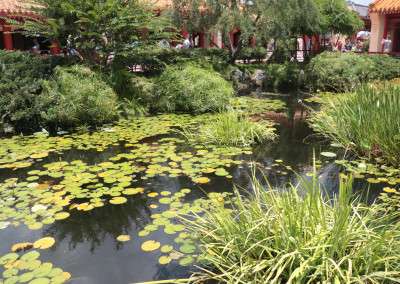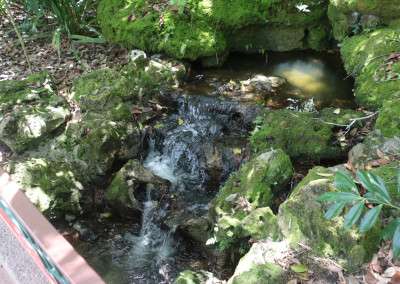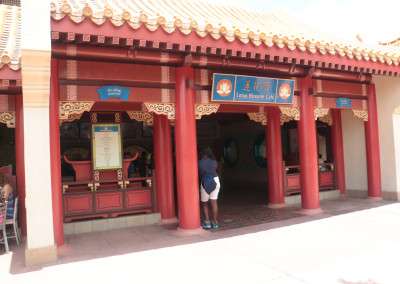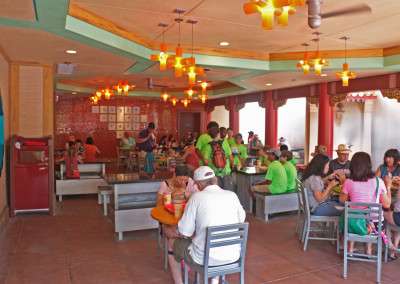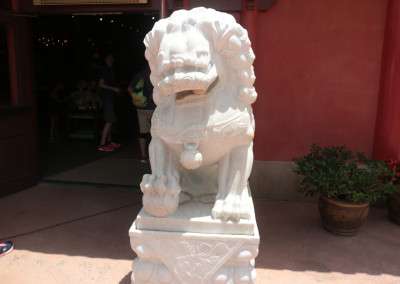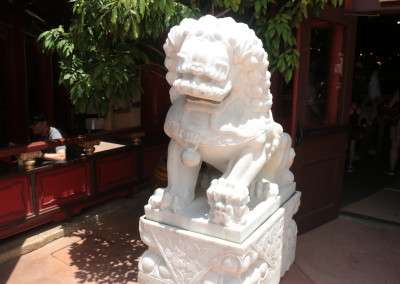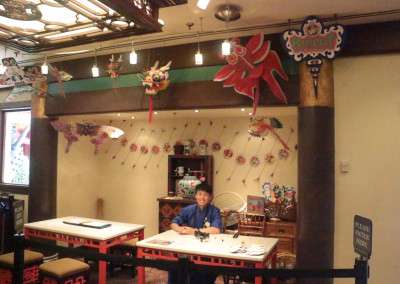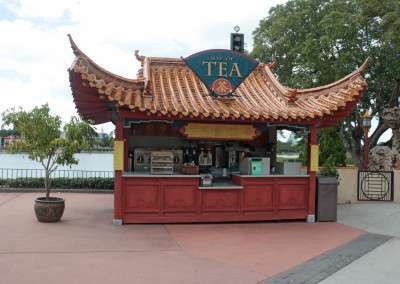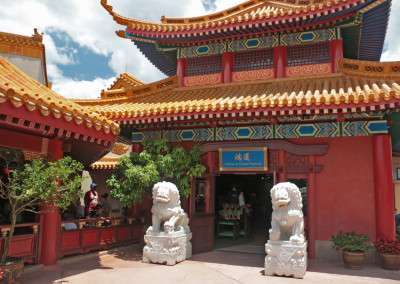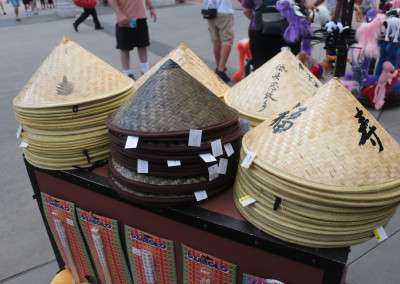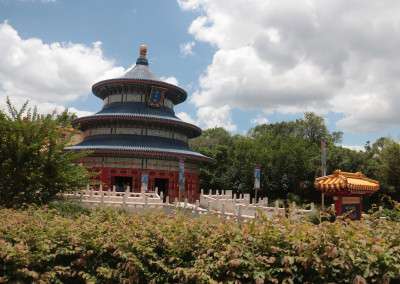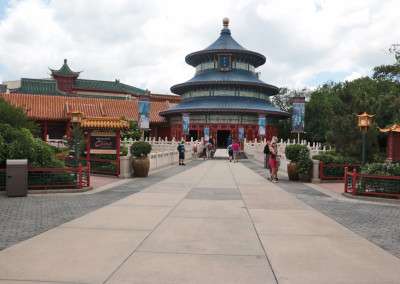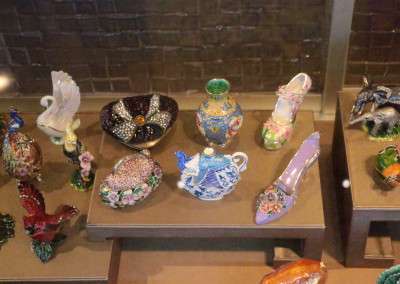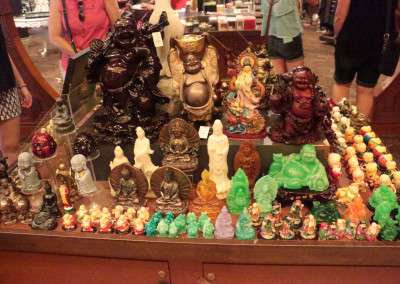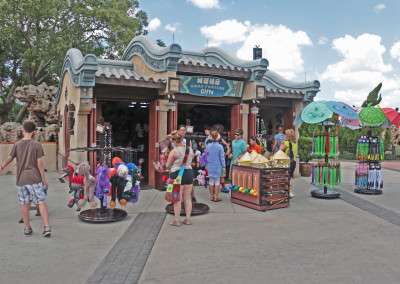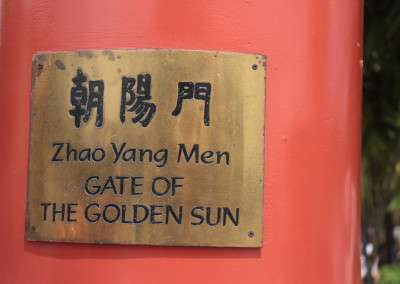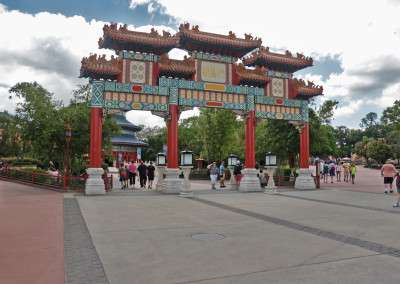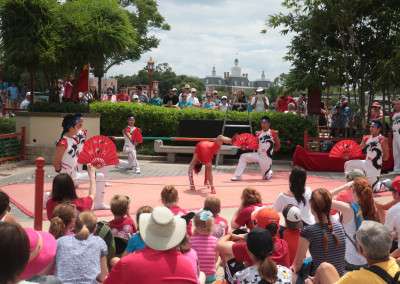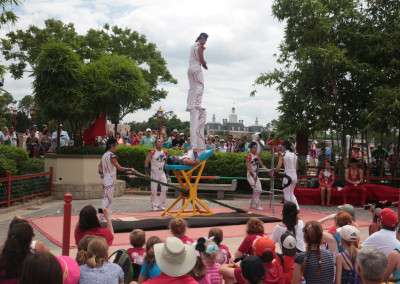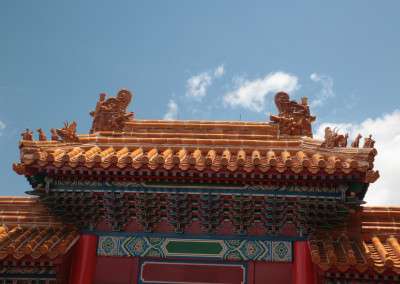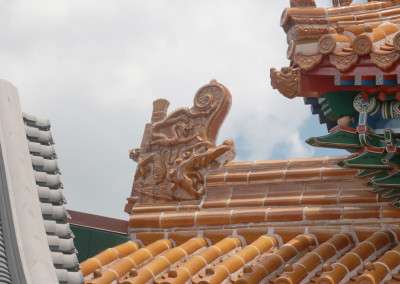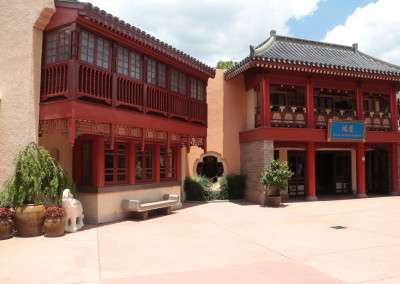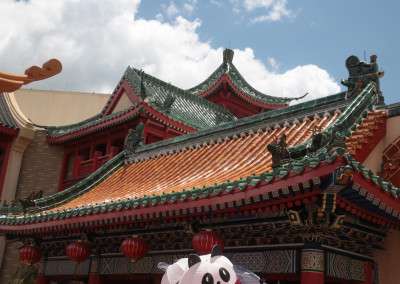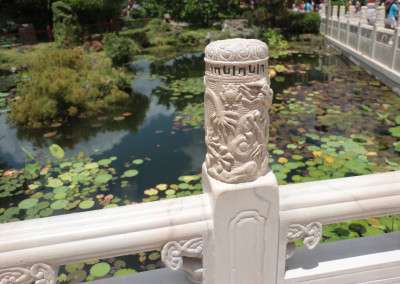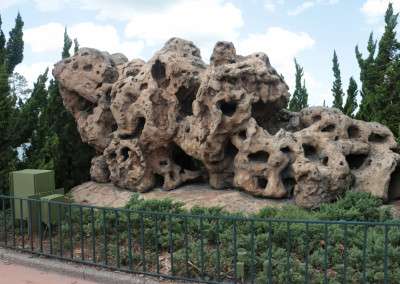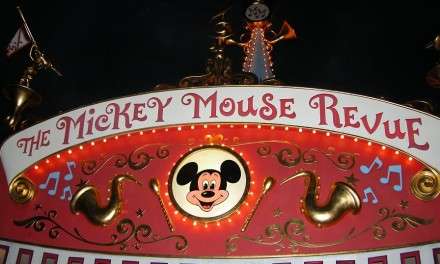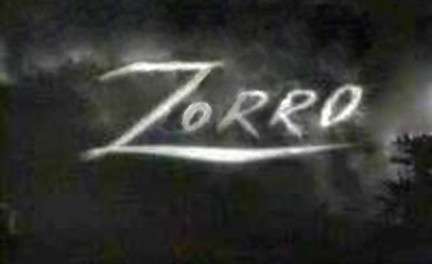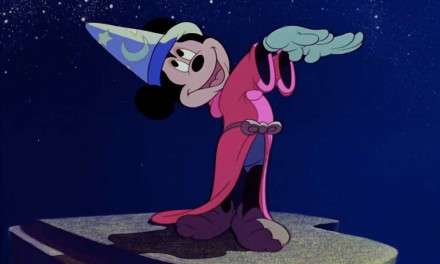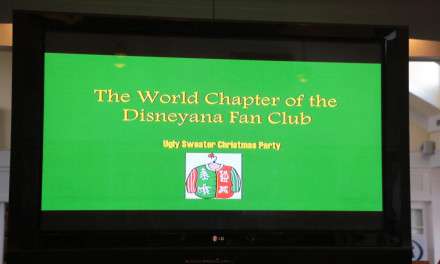China is the world’s second largest country (Area wise). The country was originally inhabited by early humans between 250,000 and 2.24 million years ago. The beginning of the “Dynasty’s” or ruling emperors according to Chinese tradition was the first dynasty of Xia, which emerged around 2100 BCE. The Dynasty’s continued on until the last, the Qing dynasty, which lasted from 1644 until 1912, was the last imperial dynasty of China. Since the end of WWII, the government is now the “People’s Republic of China” after the Communist party took control of the mainland in 1949.
Today, China is an emerging world leader in trade, engineering, medicine and has one of the world’s most active space programs. Trade with the United States is its most important export market and today it has the world’s second largest economy. But it is also a country lost in the mists of time. China is steeped in ancient traditions and beliefs, many still in practice today. Nomads still roam as their ancestors did on the plains of the Gobi desert, and ancient practices of acupuncture, beliefs in numerology and herbal medicine still prevail. The Chinese over the millennium have produced many innovations, scientific discoveries and inventions.
This includes the Four Great Inventions… Papermaking, the compass, gunpowder and printing (both woodblock and movable type). It is the perfect country for EPCOT’s World Showcase…
At the time World Showcase was being imagined, China and the Soviet Union were courted, but echoes of the cold war still prevailed. But Disney wanted to have a communist country represented here. Both countries showed interest, but the Soviet Union had insisted that its communist doctrine would be presented at the Pavilion. Disney of course refused, stating that this was to be a showcase of their culture, people, heritage and food, not politics. They recanted. But China was more than willing to show the world their country and its many treasures.
The China Pavilion is perhaps the most detailed of all the Pavilions. There are a plethora of architectural tidbits, statues, gardens and even colors that have a meaning in Chinese lore, history and everyday life. I’ll break everything down in sections…
EATERIES…
All the Pavilions have food and drink, all representing each countries cuisine. Let’s start at the Lotus Blossom Café, China’s quick service restaurant. This is a wonderful place for a quick bite and chance to rest the body. Much like a typical Chinese restaurant in the United States, it offers Shrimp fried rice with an egg roll, orange chicken dish, chicken salad and the like. Hot and cold beverages, beer and wine and non-alcoholic drinks are available. There are two main seating areas and rest rooms are right at hand. The décor is more modern today, with metal chairs, fancy lights and such, but the original eatery was more traditional China, with bamboo chairs and a slightly different menu.
China’s table service restaurant is the Nine Dragons Restaurant, next to the Lotus Blossom Café. This eatery underwent a total rehab in 2008, replacing its drab, over-opulent and garish ‘70’s look so to speak to a more modern, upbeat décor. There are beautiful carved “Dragon” motifs in dark wood, much use of red fabrics (Red is considered the color of royalty, good fortune and joy) and as with most Chinese eateries, the tables and settings are Spartan, but clean and neat. I like the cuisine here. It is not your typical “Chinese Food”; it is a step above and very satisfying. The food served is from the four regions of China: Cantonese, Szechuan, Kiangche and Mandarin, and MSG is never used in any dish. You can usually get seated without a reservation. Inside the lobby, look up at the ceiling and see the beautiful gold dragon.
And how can we talk about China with the mention of Tea? This beverage is an integral part of Chinese life, as it is in many eastern countries. According to Chinese legend, tea was first discovered by the Chinese emperor and herbalist, Shennong, in 2737 BCE. The emperor always boiled his water before drinking, and while on a trip, a servant was boiling his water, a dead leaf from a tea bush fell in unnoticed, and when he drank it, he found it refreshing, and thus, tea was discovered. To celebrate this esteemed drink, the “Joy of Tea” stand at the entrance of the pavilion serves tea of course, hot and cold, small snacks, alcoholic beverages and the like. Tea is considered by the Chinese as one of the seven requirements of life…with salt, soy sauce, and vinegar, firewood, rice, and oil.
ENTERTAINMENT…
China has some amazing entertainment in World Showcase. Let’s start with the gymnastic troupe the “Jeweled Dragon Acrobats” These young performers have to be seen to be believed. Their dexterity and balance is jaw-dropping. They stage five shows a day, five days a week. Show times are posted next to the Gate of the Golden Sun. (More on that later). In addition, you can also meet and greet with Mulan, starting at 11:00am, same area as the acrobats. Inside the Hall of Prayer for Good Harvests, is the 360deg film, “Reflections of China” This is a stunning, modern depiction of China today, using Disney’s innovative “Circle Vision”, which utilizes 9 cameras facing outward on a platform to capture a complete 360deg view of everything. The queue area is located just past the rotunda in the Hall of Prayer. Upon entering the theater for the 13 min show, be advised that there are no seats, just rails to lean against. (As in “Oh Canada”) What is interesting is the film preceding Reflections was called… “Wonders of China: Land of Beauty, Land of Time” Even though Disney went through much negotiations, filming began in autumn, 1981 and concluded in spring of 1982. To narrate the film, an actor posing as the ancient Chinese poet Li Bai (701 – 762), often considered the greatest Chinese poet of all time was utilized with much success. The film was 19 minutes long and gave the world a view of China as never seen before. But, as China made many advances over the years, the film became dated and had its last showing on March 25th, 2003, replaced with the Reflections of China.
ARCHITECTURE…
It is impossible to point out all the detail put into the China Pavilion. It just boggles the mind! You enter the pavilion through the Zhao Yan Men or Gate of the Golden Sun. This is a reproduction of one found at the Summer Palace located north of Beijing. The summer Palace was the playground for Royalty. You will notice on the right side, a winding path past the lotus pool. Take the path, it is serene and beautiful. Straight ahead, over a bride is the reproduction of the Hall of Prayer for Good Harvests which is part of the Temple of Heaven complex located southeast of central Beijing. This is the “Weenie” as Walt would have called it of the China Pavilion. This is a beautiful and detailed reproduction of the one built between 1406 and 1420 during the reign of the Yongle Emperor. In this building the Emperor would pray, make sacrifices during the winter solstice to ensure a good harvest. As you walk over the bridge, notice the beautiful lotus pools. Amid these pools and garden, the Imagineers have planted native trees, i.e. the Contorted Mulberry tree, which is also important to the silk industry in China. Silk moths build their cocoons in these trees. Other species are the camellia bush and native bamboo trees. The camellia bush is where the tea of that moniker comes from. Leading up to the Hall of Prayer for Good Harvests is a beautiful flat marble sculpture, again a reproduction from the original in Beijing. These gardens are typical of China’s 6 top gardens, located in Shanghai, Suzhou, Beijing and Lhasa.
The detail here again is exceptional. Inside is a rotunda. Look at the 12 columns supporting the roof. They represent the months of the year and the twelve-year cycle of the Chinese calendar. Notice an additional 4 columns, they represent the four seasons. Look up at the dome; you will see a golden dragon and phoenix, with a pearl. The dragon represents power, and if the dragon has five claws, it represents the Emperors power. The phoenix signifies peace and prosperity. Together, they represent marriage. Again, everything alludes to something. The Chinese believe in numerology and the number 9 is considered lucky. On the rotunda floor, the middle stone is surrounded by 9 stones! In 1994, a Hong Kong businessman paid $1.67 million for a license plate displaying the single numeral 9, how is that for significance! For a bit of fun, standing directly on the middle stone, if you speak, you can hear your own echo.
Next to the Hall of Prayers is the “House of the Whispering Willows” In here is the exhibit “Tomb Warriors: Guardian Spirits of Ancient China,” This fantastic display opened on October 1st, 2006 and is a scaled down portrayal of the actual tomb of Emperor Qin Shi Huang (260–210 BC). Discovered accidentally in 1974, by local farmers in Xi’an, this tomb was the result of Emperor Qin Shi Huang search for immortally. It was then the amazing Terra Cotta army was unearthed. The Terra Cotta figures are life-sized and vary in height, uniform, and hairstyle and no one figure has the same facial expression. Their purpose was to guard Qin Shi Huang, the first Emperor of China, in the afterlife. Take the time to look at this exhibition and other artifacts on display.
Another gem of detail…Look at the curved eves on the roofs of the buildings. They are curved up to keep out evil spirits, but on the majority of the eves, you will see a terra-cotta portrayal of Prince Min straddling a hen, followed by a troupe of animals behind him. He was so cruel to his subjects that he was hanged. He is portrayed on buildings in effigy to warn other rulers, the animals behind him prevented his escape.
SHOPPING…
Your quest for merchandise begins outside the Gate of the Golden Sun, next to the Joy of Tea stand; the “Good Fortune Gifts” Here you’ll find some quaint items such as puppets, Chinese hats, umbrellas, etc. For the major shopper, one must enter the pavilion and walk the “Street of Good Fortune” the main street. Just past the Lotus Blossom, you’ll see the House of Good Fortune, China’s main store. Here you will find almost anything, wine, clothing, books, ceramics, pottery and statues. There is a small shop on the right side of the street. You’ll also notice the street is intentionally made narrow, to give guests the feel of a real, congested street in China. Inside the shop, you will find the “Kidcot” stop. Just tell the Cast Member your birthday, and your passport will be stamped with Chinese symbol for that year! Be sure to inspect the unique “Bianzhong bell”. These bells were usually in a set (An odd number of course!) These sets of chime bells were used as musical instruments and some of these bells have been dated at between 2,000 to 3,600 years old. They had no clappers, but were struck with a wooden mallet. Check the building on the right side. You will notice a building with a public telephone. This is a nod to the influence of western culture in China.
Another quick trivia tip…Look behind the Joy of Tea and Good Fortune buildings, you will notice three huge boulders that look a bit like large meteors. In Chinese lore, it was thought that intense contemplation involving strange rock formations would bring peace and contentment. The Emperors of old actually sought out and brought such rocks to their palaces. And take a quick look at the entrance of the House of Good Fortune; you will notice two noble looking lions standing guard. Lions are considered the King of all animals. Under the paw of the lion on the right, there is a ball under his paw; the lion on the left has a lion cub. The cub epitomizes offspring and the ball; unity of the empire.
Well, that’s about it for the China Pavilion. As you can see, it is complex in detail, history and hidden bits of information. When you come here, take lots of time and look around, there is so much to see! China is indeed a magical and mystical land.

